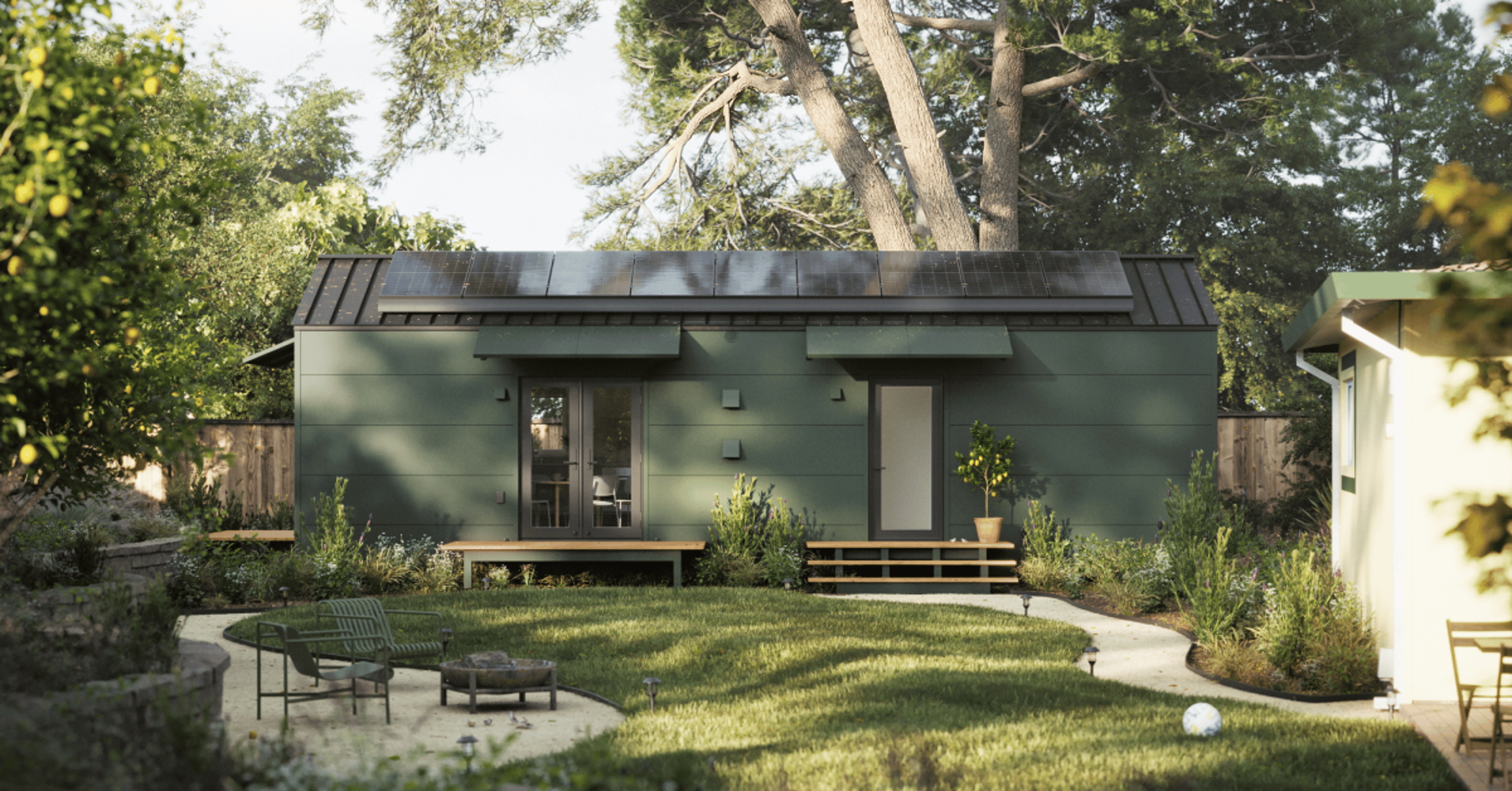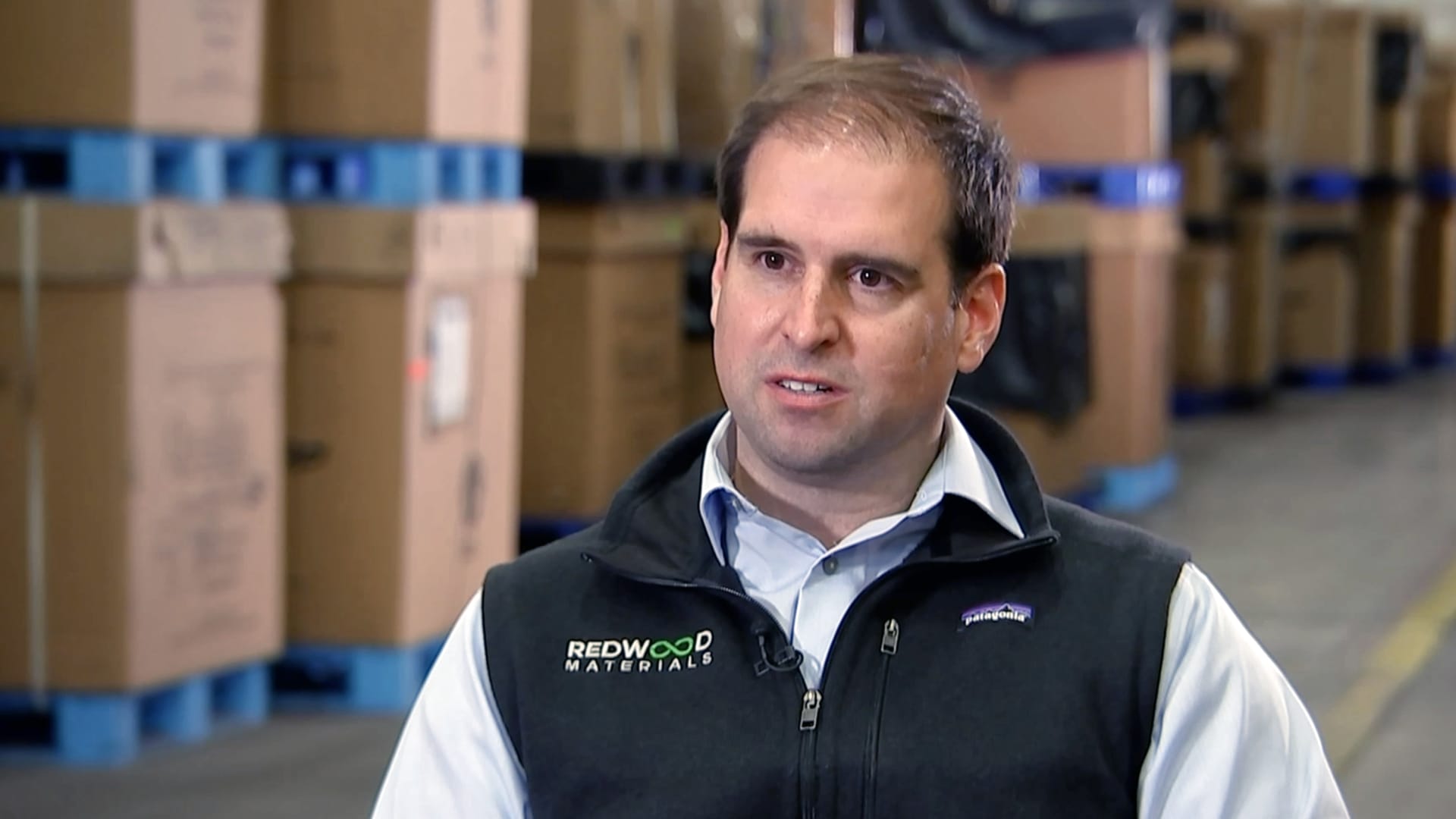Artful Dodger
"Neko no me"
FSD Beta v.11 may be a topic of discussion around your dinner table this Thanksgiving:
You can install our site as a web app on your iOS device by utilizing the Add to Home Screen feature in Safari. Please see this thread for more details on this.
Note: This feature may not be available in some browsers.
It's the start of something big.
Would that be the $3750 for North American battery component manufacturing? How do we know M3 RWD will meet or exceed the 50% minimum percentage of value next year?I’m pretty sure it will qualify for the $3,750 much like GM does with some models.
Honestly, not sure. I was just thinking if GM is going to qualify (they've said they can) that Tesla could figure it out.Would that be the $3750 for North American battery component manufacturing? How do we know M3 RWD will meet or exceed the 50% minimum percentage of value next year?
And there I was hoping for a Cybertruck. Instead I received my new Twitter account password .
According to my Indonesian girlfriend, the $3200 price is only the downpayment, the car is more like $15-20k. Still a decent price. Cannot confirm, my bahasa Indonesia is sedikit....
Dumb look for something designed from scratch to have a roof and another layer of solar panels on top like that. I know tesla roof is a lot more expensive but you would think they could find a more integrated way of solar panels than this.Just launched by Tesla Board Member, Joe Gebbia:

Backyard – Samara
Discover Samara's Backyard accessory dwelling units. Elevated design, expertly crafted. Fast and easy installation. Solar-powered and future-ready.www.samara.com
Less not more, thinner wire carries less current not more. 12V X 4A= 48W, 48V X 1A= 48W.But a higher voltage architecture will enable thinner, less expensive ribbon wiring to carry more current to things like LED headlights, window and seat motors, and anti-lock braking systems.

Is it realistic to anticipate that Redwood might be able to get the quantity of minerals they will need from recycling? I wouldn't guess they would be able to hoover up enough used batteries in the 2020's to do this at this scale.
Panasonic and Redwood Materials strike multibillion-dollar battery component deal for U.S. production
Battery recycling company Redwood Materials, founded by former Tesla CTO JB Straubel, will supply high-nickel cathode to Panasonic Energy starting in 2025.www.cnbc.com
Panasonic and Redwood sign multi billion deal
Artemis 1 - T -10 mins and counting
Looks like Mercedes EQ is struggling in China

@JimS tracks it and provides a chart that @Papafox includes on Fridays in his Daily TSLA trading Charts thread: Papafox's Daily TSLA Trading ChartsDoes anyone keep track of stock price performance vs max pain. Stock price seems like it has been below max pain for quite a few days.
I am wondering about strings of days below max pain and how that pattern ends in terms of price velocity upward?
Great! That was exactly what I was curious about. Thanks!@JimS tracks it and provides a chart that @Papafox includes on Fridays in his Daily TSLA trading Charts thread: Papafox's Daily TSLA Trading Charts
Looks nice, but $289,000 for a large garden shed? Seems a silly price to me, (locally that would buy a nice entry level 3 bedroom home!) similar here would be around £60,000 tops, but I'm a tight Yorkshireman, so might be out of touch with wealthy Californian expectations!Just launched by Tesla Board Member, Joe Gebbia:

Backyard – Samara
Discover Samara's Backyard accessory dwelling units. Elevated design, expertly crafted. Fast and easy installation. Solar-powered and future-ready.www.samara.com


